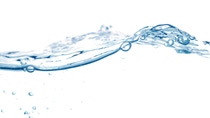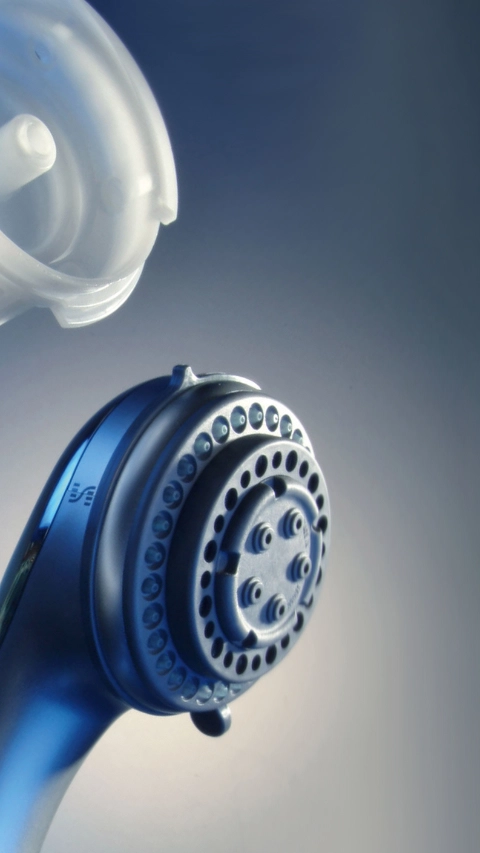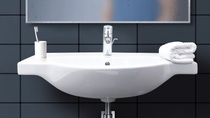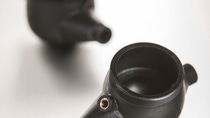Performance Polymers
Sanitary and Water Industry
The Aqua® Plastics Portfolio
When it comes to parts for the sanitary and water industries, it is not only technical properties that play a crucial role but it is above all health and safety. Under the name Aqua®, BASF offers a comprehensive range of engineering plastics optimized specifically for components in contact with drinking water and food.
The Aqua® Portfolio –
Grown out of Many Years of Experience
The Aqua® Portfolio comprises the materials
- Ultramid® (polyamide, PA)
- Ultradur® (polybutylene terephthalate, PBT)
- Ultraform® (polyoxymethylene, POM)
- and is supplemented by the tried-and-tested polyarylsulfones Ultrason® that are resistant to high temperatures.
In addition to complying with the requirements for contact with drinking water, the plastics are also approved for food contact (FC) and are produced according to good manufacturing practice (GMP). Several products in the Aqua® Portfolio can be laser-marked, too.

Approvals and Disclosure of Formulation
In this way, the company brings together all engineering plastics with demanding approvals for household and food use in one compact portfolio. All plastics in the Aqua® Portfolio have the approvals in line with KTW, DVGW and WRAS in cold water applications, and a large proportion of them have them for warm and hot water, too. Moreover, BASF assists by disclosing the formulation when new components have to be approved.
For Perfect Production – BASF's Part Development Service
BASF is able to test customer components from the Aqua® plastics family in its own flow laboratory. The flow experiments can be followed by burst pressure tests or other customer-specific tests. In this way, extensive data has already been collected in relation to the products in the Aqua® Portfolio. This data is constantly being expanded with further short-term and long-term tests, e.g. by tests with the Ultrasim® Fatigue Tester, a particular test specimen which BASF has developed for predicting part behavior virtually and verifying it experimentally.
Consult with an expert
Self-service solutions:



